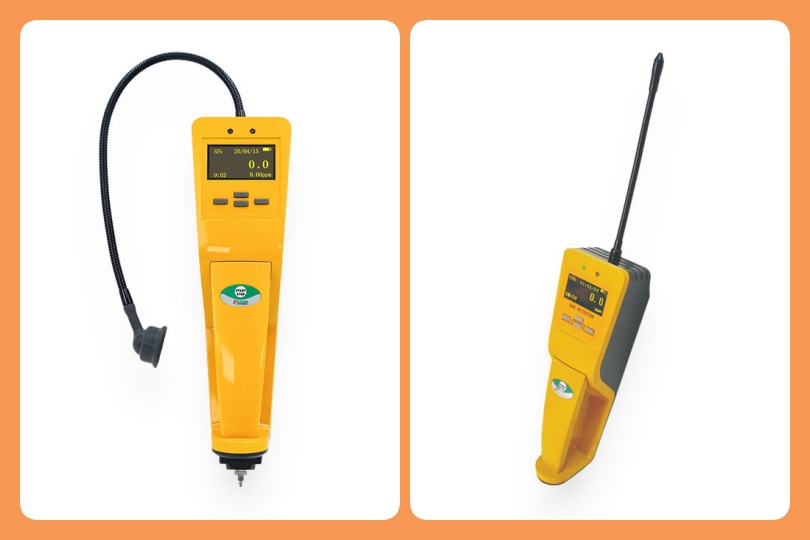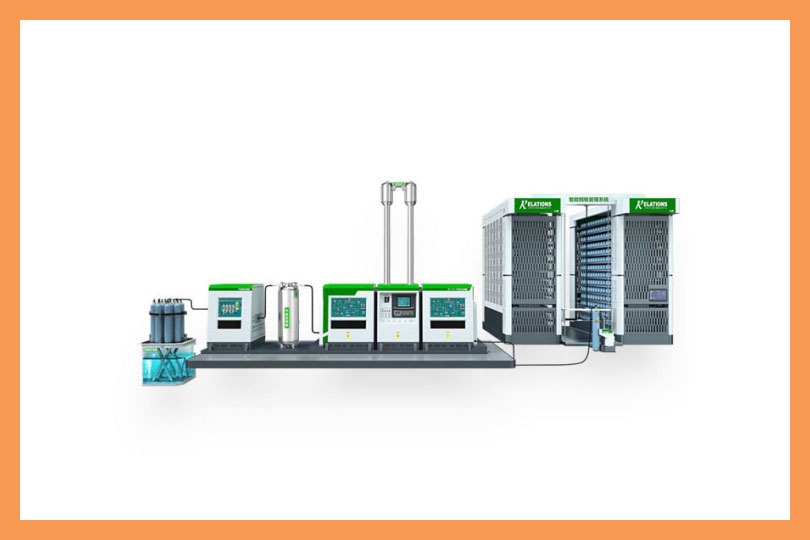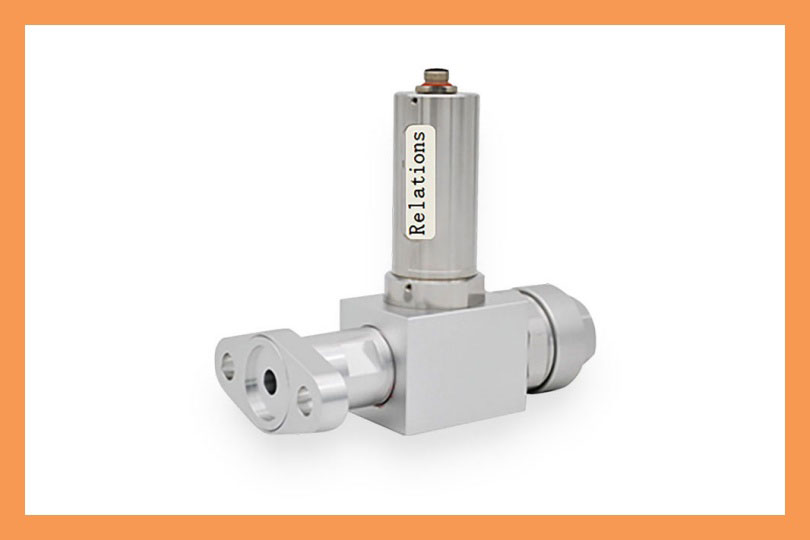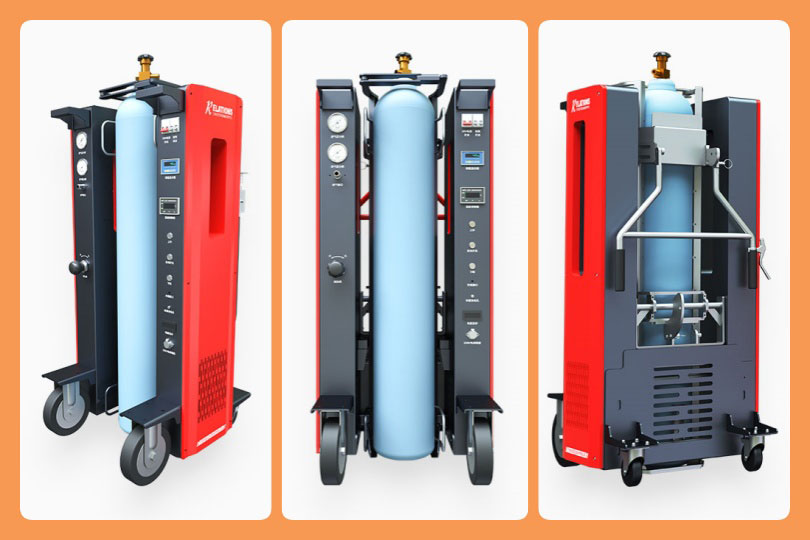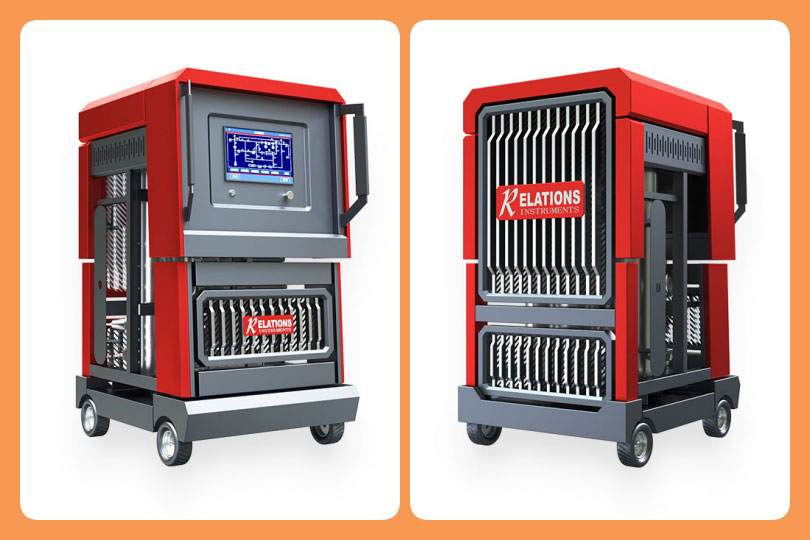SF6 Detector for Leak Location: How to Choose the Right One for Power Substations & Electronics Factories
Date
2025-09-15
[email protected]
Website
www.sf6gasdetector.com
Get Solutions And Quotes
SF6 Detector for Leak Location: How to Choose the Right One for Power Substations & Electronics Factories
Sulfur hexafluoride (SF6) is a colorless, odorless, and non-toxic inert gas widely used in power systems, electronics manufacturing, and metallurgy. Its excellent insulation and arc-extinguishing properties make it irreplaceable in high-voltage equipment like GIS (Gas Insulated Switchgear) and transformers. However, SF6 is a potent greenhouse gas—its global warming potential (GWP) is 23,900 times that of CO₂, with a atmospheric lifetime of over 3,200 years. Even tiny leaks can cause severe environmental harm and reduce equipment performance, increasing the risk of electrical failures. This is where an SF6 detector for leak location becomes critical: it identifies leaks quickly, accurately, and efficiently, safeguarding both the environment and industrial operations.
Why SF6 Leak Location Detection Is Non-Negotiable
Ignoring SF6 leaks leads to dual risks: environmental non-compliance and operational hazards. For power utilities, a small leak in a GIS unit can lower internal pressure, compromising insulation and triggering costly downtime. In electronics factories, SF6 is used to protect semiconductor wafers from oxidation—leaks here can ruin production batches and increase waste. Additionally, global regulations (such as the EU’s F-Gas Regulation) mandate strict monitoring of SF6 emissions, requiring enterprises to install reliable leak detection tools. An SF6 detector for leak location solves these challenges by converting invisible leaks into measurable data, enabling timely repairs and emission control.
Key Features to Look for in an SF6 Detector for Leak Location
Not all SF6 detectors are equal—selecting the right one depends on your industry and application needs. Here are the core features to prioritize:
- Detection Precision: The best detectors offer a minimum detectable concentration of 0.1 ppm (parts per million) or lower. High precision ensures even micro-leaks (common in aging equipment) are not missed.
- Response Speed: Fast response (≤1 second) is essential for on-site inspections, especially in large facilities like substations. Slow detectors waste time and increase the chance of missing moving leaks.
- Portability: Handheld models are ideal for outdoor or narrow-space inspections (e.g., inside switchgear cabinets). Look for lightweight designs (≤1.5 kg) with long battery life (≥8 hours) to support all-day use.
- Detection Range: Choose a detector with adjustable range (e.g., 0-1000 ppm) to adapt to different scenarios—from low-concentration ambient monitoring to high-concentration leak pinpointing.
- Data Capabilities: Modern detectors include Bluetooth or Wi-Fi connectivity to sync data with smartphones or cloud platforms. This allows for real-time reporting, leak trend analysis, and compliance documentation—critical for meeting regulatory requirements.
Practical Applications of SF6 Detector for Leak Location
The versatility of SF6 leak location detectors makes them indispensable across industries:
- Power Industry: In 110kV/220kV substations, technicians use handheld detectors to scan GIS joints, valve connections, and cable terminals. Fixed detectors are also installed in closed GIS rooms to monitor ambient SF6 levels 24/7, triggering alarms if concentrations exceed safety limits (typically 1000 ppm).
- Electronics Manufacturing: During semiconductor production, detectors are integrated into cleanrooms to check SF6-filled process chambers. Leaks here can contaminate wafers, so real-time monitoring prevents costly production losses.
- Metallurgy: In aluminum smelting, SF6 is used to protect electrolytic cells. Detectors help locate leaks in gas pipelines, reducing emissions and ensuring worker safety (high SF6 concentrations can displace oxygen, causing asphyxiation).
Tips for Effective Use of SF6 Detector for Leak Location
To maximize the detector’s performance, follow these best practices:
- Calibrate Regularly: SF6 sensors drift over time—calibrate the detector every 6-12 months (or as per the manufacturer’s recommendation) using standard SF6 gas to ensure accuracy.
- Optimize Inspection Path: When inspecting large equipment, start from high-risk areas (e.g., flange connections, pressure gauges) and move slowly to avoid missing leaks.
- Account for Environmental Factors: Temperature and humidity can affect detection results. Avoid using the detector in extreme conditions (≤-20℃ or ≥60℃) and calibrate it if working in high-humidity environments (>85% RH).
An SF6 detector for leak location is more than just a tool—it’s a cornerstone of environmental responsibility and industrial safety. By choosing a detector with high precision, portability, and data capabilities, enterprises can comply with regulations, reduce operational risks, and minimize their carbon footprint. As SF6 continues to be essential in critical industries, investing in reliable leak detection technology will remain a priority for forward-thinking organizations. Whether you’re a power utility, electronics manufacturer, or metallurgist, the right SF6 detector ensures that your operations are efficient, safe, and environmentally sustainable.

